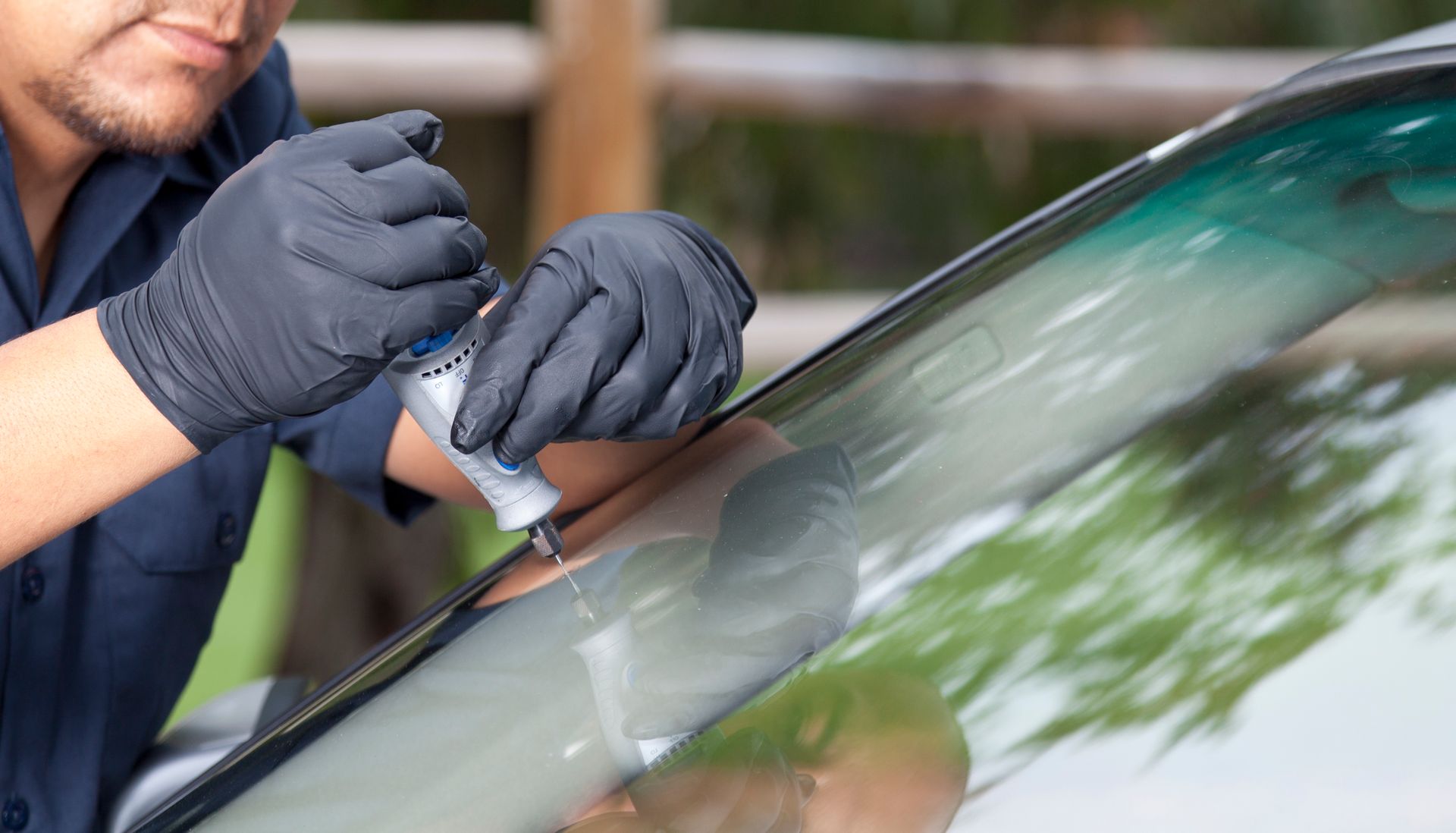A+ Glass Company Blog
Can the Heat Crack My Windshield?
All I can say is, the last few days have been HOT! And it doesn't look like there is much relief coming…yet. As you walk to your car during your lunch break, you are dreading the heat you are about to face as you get in your car. It gets immensely hot inside your vehicle, so the question is, can this hurt my windshield? Can it make it crack?
The answer is, yes, it can. Does it happen often? No. It's more common in older vehicles than newer ones. Contrary to popular belief this does and can happen but only if you have a stone chip (spider) in the glass already. Windows without a chip can not crack just do to direct sunlight. There is warming because of heat built up inside closed cabin so, by convection heat is transferred form cabin air to windshields. When you have minor crack it can spread due to the high temperature. If you were running the A/C really cold and parked it in direct sunlight at high temps it can cause it to start cracking from a small chip or crack.
But there are a few ways you can prevent it, and keep your car a little bit cooler. The first is to buy an inside dash cover. The second is to keep your window cracked, as long as your car is in a safe location. It is also possible to use “heat reflectors,” that will reflect the heat. This can be by way of tinted windows, or clear “heat reflecting” type of tint. In the mean time, make sure you keep out of your car things like canned sodas or anything that can explode. Nothing is worse than a long hot day and soda all over your car!
Windshield Devices Bring Distracted Driving Debate to Eye Level
How It Works: Automatic Windshield Wipers
How a Windshield Works
Regular window glass, such as the kind you might see around the house is a simple one pane creation. Often there is a second pane with an air gap in the middle. It's clear, strong and cheap, but it's also brittle. It will shatter into dangerous pieces, unless it has been specially treated.
Automobile manufacturers switched to specially treated laminated glass for the windshields of cars and trucks, using two sheets of glass that are fused to a rubber inner layer. The tempered-glass outer layers are then independent of each other, allowing the outer layer to chip or crack without breaking the inner layer. Obviously, if both layers are hit hard enough, the entire windshield will break, but in a more controlled manner than regular glass.
The result is a really strong glass structure that is safe to use on today's highways.
Most windshields also include some form of tinting.
Specific cars often require windshields made to the manufacturer's specifications because of their curvature or the stress tolerances they require.
Before you just order a new windshield, speak with us about what you need and why.






